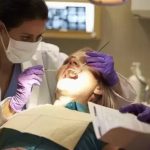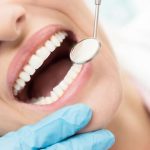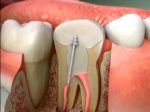Why You Can See Your Teeth Through Your Gums: Causes and Treatment Options
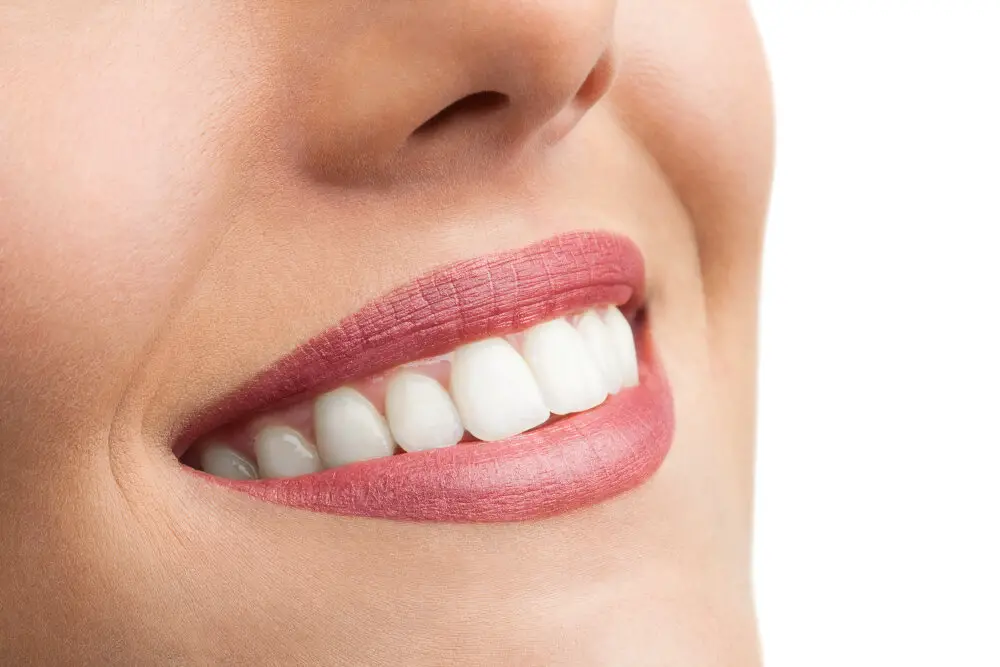
The human body is a complex and fascinating system that never ceases to amaze us. One of the most important aspects of the body is the dental structure, which plays a crucial role in our daily lives. Teeth are made up of several layers, including the enamel, dentin, and pulp. However, many people may notice that they can see their teeth through their gums. This can be a concerning issue, causing discomfort and embarrassment for some. In this article, we will explore the causes and treatment options for this dental problem. The visibility of teeth through the gums is a common occurrence and can be caused by several factors. One of the most common causes is gum recession. Gum recession occurs when the gum tissue that surrounds the teeth pulls back, exposing the roots of the teeth. This can lead to tooth sensitivity and can also make the teeth look longer than they actually are. Other causes of teeth being visible through the gums include periodontal disease, poor oral hygiene, and genetics. In the following sections, we will delve deeper into these causes and the treatment options available to address this issue.
Anatomy of Teeth and Gums
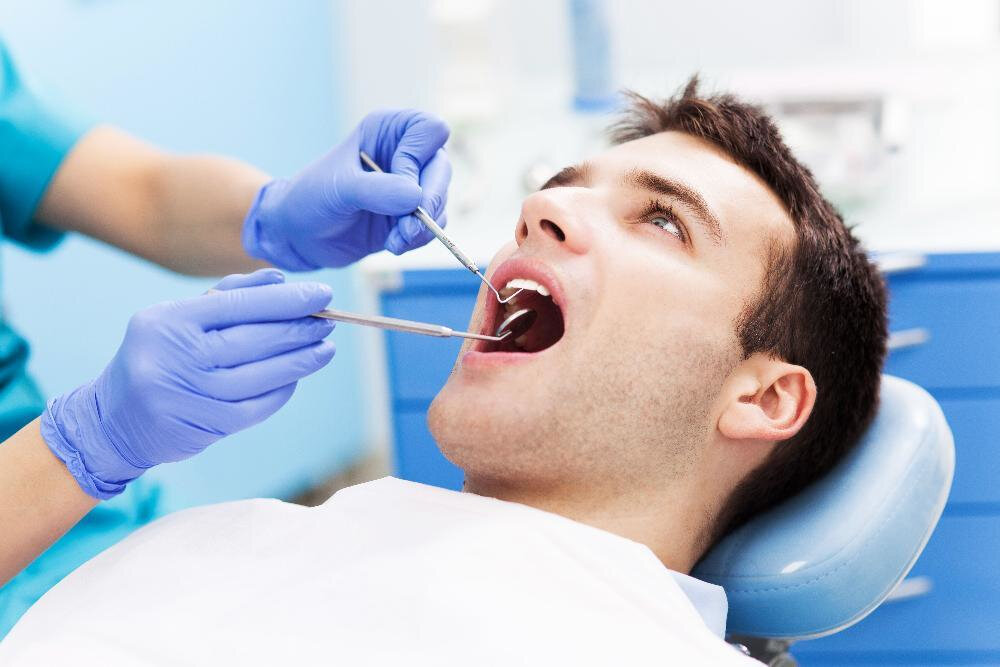
The anatomy of teeth and gums is essential to understand the causes and treatment options for visible teeth through the gums. Teeth are made up of four layers; enamel, dentin, pulp, and cementum. Enamel is the outer layer of the tooth, which is the hardest and most visible part. Dentin is the layer beneath the enamel, which is less dense but still durable. The pulp is the soft tissue inside the tooth that contains blood vessels and nerves. The cementum is the layer that covers the root of the tooth, which connects the tooth to the jawbone. The gums, also known as gingiva, are the soft tissues that surround the teeth and cover the jawbone. The gums consist of two parts, the attached gingiva, and the free gingiva. The attached gingiva is the part that is directly attached to the tooth, while the free gingiva is the part that surrounds the tooth and is not attached. The gums act as a protective barrier for the teeth, preventing bacteria from entering the bloodstream and causing infection. Understanding the anatomy of teeth and gums is crucial in determining the causes and treatment options for visible teeth through the gums.
Teeth and gums are the two essential components of our oral cavity that play a significant role in maintaining our overall health. The teeth consist of different layers, including enamel, dentin, and pulp, which protect and support the tooth’s structure. Enamel, the outermost layer, is the hardest and most mineralized layer of the tooth, while dentin, the second layer, is softer and contains microscopic tubules that connect the pulp to the enamel. The pulp, the innermost layer, contains blood vessels, nerves, and connective tissues that nourish the tooth and regulate its growth and development. On the other hand, gums are the soft tissues that cover and protect the teeth and the underlying bone. They consist of three layers, including the epithelium, connective tissue, and basal layer, which provide stability and support to the gums. Together, the teeth and gums form an intricate system that allows us to chew, speak, and smile with confidence and comfort.
The structure of the mouth is formed by the collaboration of several components, including the teeth and gums. The teeth serve as the structural framework of the mouth, providing support and stability for the surrounding tissues. The gums, on the other hand, act as a protective barrier, helping to shield the teeth from harmful bacteria and other external threats. Together, these two components work in harmony to maintain the overall health and integrity of the mouth. However, when the gums become compromised, either through disease or injury, it can lead to a number of serious dental issues, including tooth loss and decay. To prevent these problems, it is important to maintain good oral hygiene practices and seek professional dental care as needed.
Gum Recession
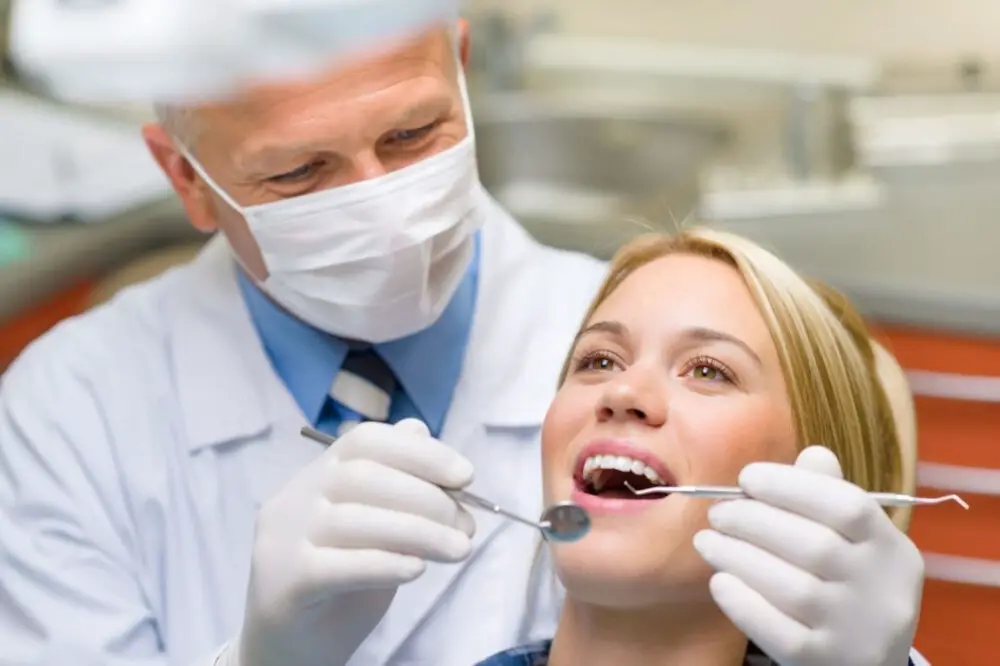
Gum recession is a common dental problem that occurs when the gum tissue surrounding the teeth pulls back, exposing the tooth roots. This condition can lead to tooth sensitivity, decay, and even tooth loss if left untreated. Gum recession can be caused by a variety of factors, including poor oral hygiene, aggressive brushing, gum disease, hormonal changes, genetics, and even smoking. The symptoms of gum recession include tooth sensitivity, longer teeth, visible tooth roots, and loose teeth. If you notice any of these symptoms, it is important to seek dental care as soon as possible to prevent further damage. Treatment options for gum recession depend on the severity of the condition. In mild cases, your dentist may recommend a deep cleaning or scaling and root planing to remove plaque and tartar buildup that is causing the gum recession. They may also recommend changes to your oral hygiene routine, such as using a softer toothbrush or brushing more gently. In more severe cases, a gum graft may be necessary to replace the lost gum tissue and protect the tooth roots. It is important to address gum recession early on to prevent further damage and maintain good oral health.
Gum recession refers to the condition where the margin of the gum tissue that surrounds the teeth gradually pulls back, exposing more of the tooth or the tooth’s root. This can lead to gaps or pockets between the teeth and the gumline, making it easy for bacteria to accumulate and cause tooth decay or gum disease. The main causes of gum recession include poor oral hygiene, aggressive brushing, gum disease, aging, hormonal changes, and genetic disposition. In addition to tooth sensitivity and decay, gum recession can also lead to aesthetic issues, as the teeth appear longer and the smile less attractive. Treatment options depend on the severity of the condition and may range from deep cleaning and medication to surgical procedures such as gum grafting.
Gum recession refers to the process of the gums pulling away from the teeth, which can lead to tooth sensitivity, decay, and even tooth loss. There are several causes of gum recession, including periodontal disease, which is caused by the buildup of bacteria in the mouth and can lead to inflammation and damage to the gums and bone that support the teeth. Genetics can also play a role in gum recession, as some people may be more prone to the condition due to inherited traits. Trauma to the gums, such as from brushing too hard or using tobacco products, can also contribute to gum recession. Other factors that can increase the risk of gum recession include age, hormonal changes, and certain medical conditions such as diabetes. Treatment options for gum recession may include scaling and root planing, gum grafting, and improved oral hygiene practices.
Gum recession is a common dental problem characterized by the progressive loss of gum tissue, which often leads to the exposure of the tooth roots. This condition can cause a variety of symptoms, including tooth sensitivity to hot or cold temperatures, tooth mobility, and visible spaces or gaps between teeth. Other signs of gum recession may include the appearance of longer teeth, changes in the tooth color, and an increased risk of tooth decay or gum disease. If left untreated, gum recession can lead to further complications such as tooth loss, so it’s important to seek professional advice as soon as possible if you suspect you may be experiencing this condition.
Treatment Options

When it comes to the treatment of seeing your teeth through your gums, there are a few options that your dentist might recommend. The first option is a gum graft surgery, which is a procedure that involves taking tissue from the roof of your mouth and attaching it to the affected area of your gums. This will help to cover the exposed tooth roots and prevent further damage to your gums. Another option is to undergo scaling and root planing, which is a deep cleaning procedure that removes plaque and tartar buildup from your teeth and gums. This can help to reduce the size of your gum pockets and improve the overall health of your gums. In addition to these treatment options, your dentist may also recommend lifestyle changes to help improve the health of your gums. This might include quitting smoking, improving your diet, and practicing good oral hygiene habits such as brushing and flossing regularly. By making these changes, you can help to prevent further damage to your gums and improve the overall health of your mouth. Ultimately, the best treatment option for seeing your teeth through your gums will depend on the severity of your condition and the underlying cause of your symptoms, so it’s important to consult with your dentist to determine the best course of action for your individual needs.
Preventing gum recession requires a combination of proper oral hygiene and routine dental checkups. Brushing and flossing regularly can help remove plaque and bacteria, which can contribute to gum disease and recession. It’s important to use a soft-bristled toothbrush and a gentle circular motion to avoid damaging the gums. Additionally, regular dental cleanings and checkups can help identify and address any early signs of gum disease or recession. In some cases, lifestyle changes such as quitting smoking or reducing stress may also be helpful in preventing gum recession. By taking proactive steps to care for your oral health, you can help prevent the progression of gum recession and maintain healthy gums.
Nonsurgical treatment options for receding gums include scaling and root planing, which involves removing plaque and tartar from the tooth surface and smoothing the root to prevent further damage. Gum grafting is another option where tissue from another part of the mouth is placed over the affected area to cover the exposed root. This can help improve the appearance of the gums as well as protect the tooth from further damage. Other nonsurgical treatments may include antibiotics to treat any underlying infections or special mouthwashes to promote healing. In severe cases, surgery may be necessary, but nonsurgical options should always be explored first.
When it comes to treating gum recession, surgical options may be necessary depending on the severity of the condition. Pocket reduction surgery involves removing the bacteria and tartar buildup from the pockets formed between the teeth and gums. The gum tissue is then repositioned to cover the exposed tooth root. Regenerative procedures, such as bone and tissue grafts, may also be used to encourage the growth of new tissue and bone to replace what has been lost due to gum recession. These procedures can help restore the health and appearance of your gums and teeth, and prevent further damage from occurring. It is important to consult with a dental professional to determine the best surgical treatment option for your specific situation.
Cosmetic Dentistry Options
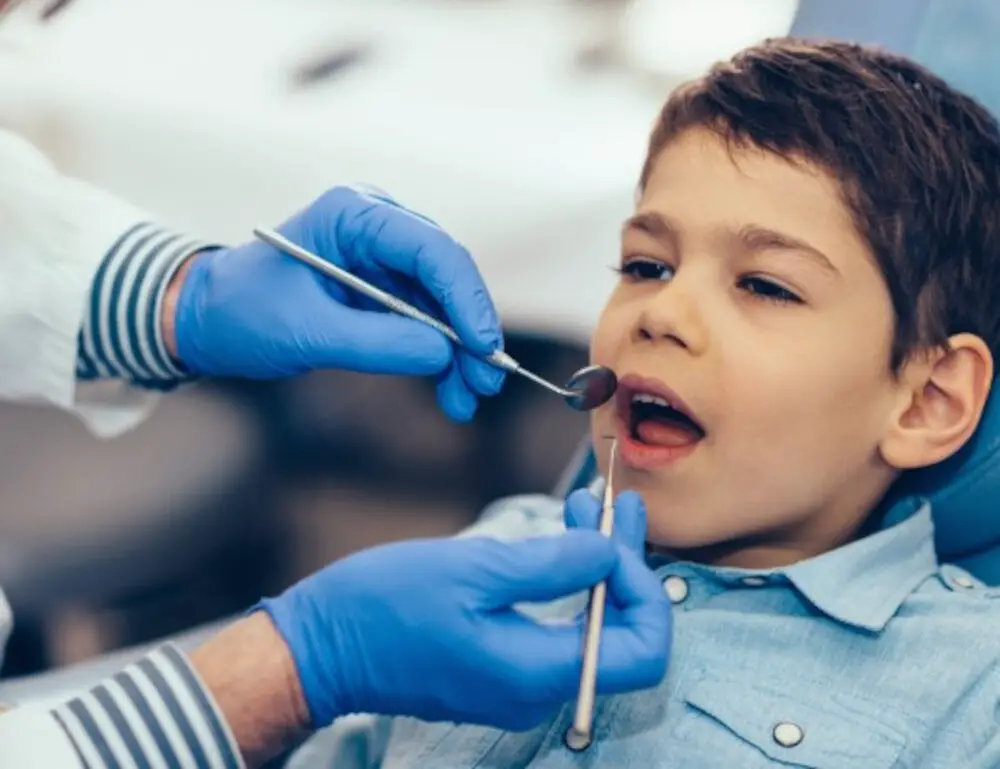
Cosmetic dentistry options have become increasingly popular among people who seek to improve the appearance of their teeth. There are several procedures available that can address a variety of issues, including discoloration, misalignment, and gaps between teeth. One popular option is teeth whitening, which can be done in-office or at home with custom-made trays. This procedure can remove stains caused by food, drinks, and smoking, resulting in a brighter, more youthful smile. Another option is dental veneers, which are thin porcelain shells that are placed over the front of the teeth. These can be used to cover up discoloration, chips, and gaps, and can also be used to straighten misaligned teeth. In addition to these options, there are also orthodontic treatments that can be used to straighten teeth and correct bite issues. Clear aligners, such as Invisalign, are a popular option for adults who want to avoid traditional metal braces. These aligners are custom-made for each patient and are virtually invisible, making them a discreet option for those who want to improve their smile without drawing attention to their teeth. Overall, there are many cosmetic dentistry options available that can help improve the appearance of your teeth and give you the confidence to show off your smile.
Cosmetic procedures have become a popular way to enhance the appearance of teeth and gums. Veneers, a thin layer of porcelain, can be placed over the front surface of teeth to improve their shape, size, and color. Gum contouring, also known as gum reshaping or tissue sculpting, is a procedure that involves removing excess gum tissue to create a more even gum line. This can help to improve the appearance of teeth that appear too short or too small. In some cases, a combination of these treatments may be recommended to achieve the desired result. It is important to consult with a qualified dental professional to determine the most appropriate treatment options for your individual needs.
The issue of visible teeth through gums can be effectively addressed through a few different procedures. One option is gum contouring, which involves removing excess gum tissue to reveal more of the tooth. Another option is a gum graft, where tissue from another area of the mouth is transplanted to cover exposed roots and reduce the appearance of teeth through gums. Additionally, orthodontic treatments such as braces or clear aligners can help to realign teeth and reduce gum recession. It is important to consult with a dental professional to determine the best course of action for your individual situation.
The visibility of teeth through gums is a common phenomenon that can occur due to various reasons. One of the primary causes is gum recession, which happens when the gum tissue surrounding the teeth pulls back, exposing the roots. This can occur due to age, poor oral hygiene, aggressive brushing, or gum disease. Other causes include genetics, dental trauma, and abnormal tooth positioning. Treatment options depend on the underlying cause and severity of the condition. For mild cases, practicing good oral hygiene and avoiding aggressive brushing can help prevent further recession. For more severe cases, dental procedures such as gum grafts, scaling, and root planning may be necessary to restore gum tissue and prevent further damage. It’s essential to consult a dentist if you notice visible teeth through your gums to determine the underlying cause and appropriate treatment options.
Seeking professional dental advice for an individualized treatment plan is essential when it comes to dental health. In the case of seeing your teeth through your gums, there can be a variety of causes, including gum disease, trauma, or genetic factors. A dental professional can accurately diagnose the underlying cause of the issue and develop a personalized treatment plan to address it. This may include deep cleaning, gum grafting, or other procedures tailored to the individual’s specific needs. Without professional guidance, a person may attempt to self-diagnose and treat the issue, potentially leading to further damage or complications. Therefore, seeking professional dental advice is crucial for maintaining optimal oral health and preventing potential long-term consequences.
Conclusion
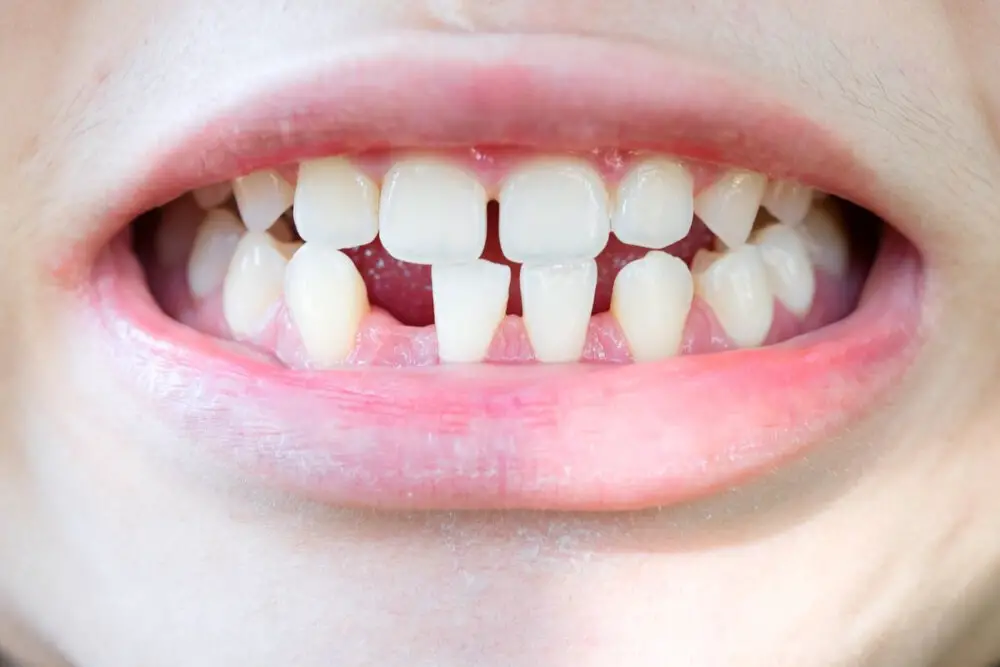
In conclusion, being able to see your teeth through your gums can be a cause for concern, but it is not always a sign of a serious dental issue. Gum recession, genetics, aging, and aggressive brushing are some of the common causes of this condition. However, there are various treatment options available, such as gum grafting, scaling and root planing, and laser therapy, depending on the severity of the case. It is essential to maintain good oral hygiene, visit your dentist regularly, and address the issue promptly to prevent further damage to your gums and teeth. Remember, your dental health is crucial to your overall well-being, so take care of it.

